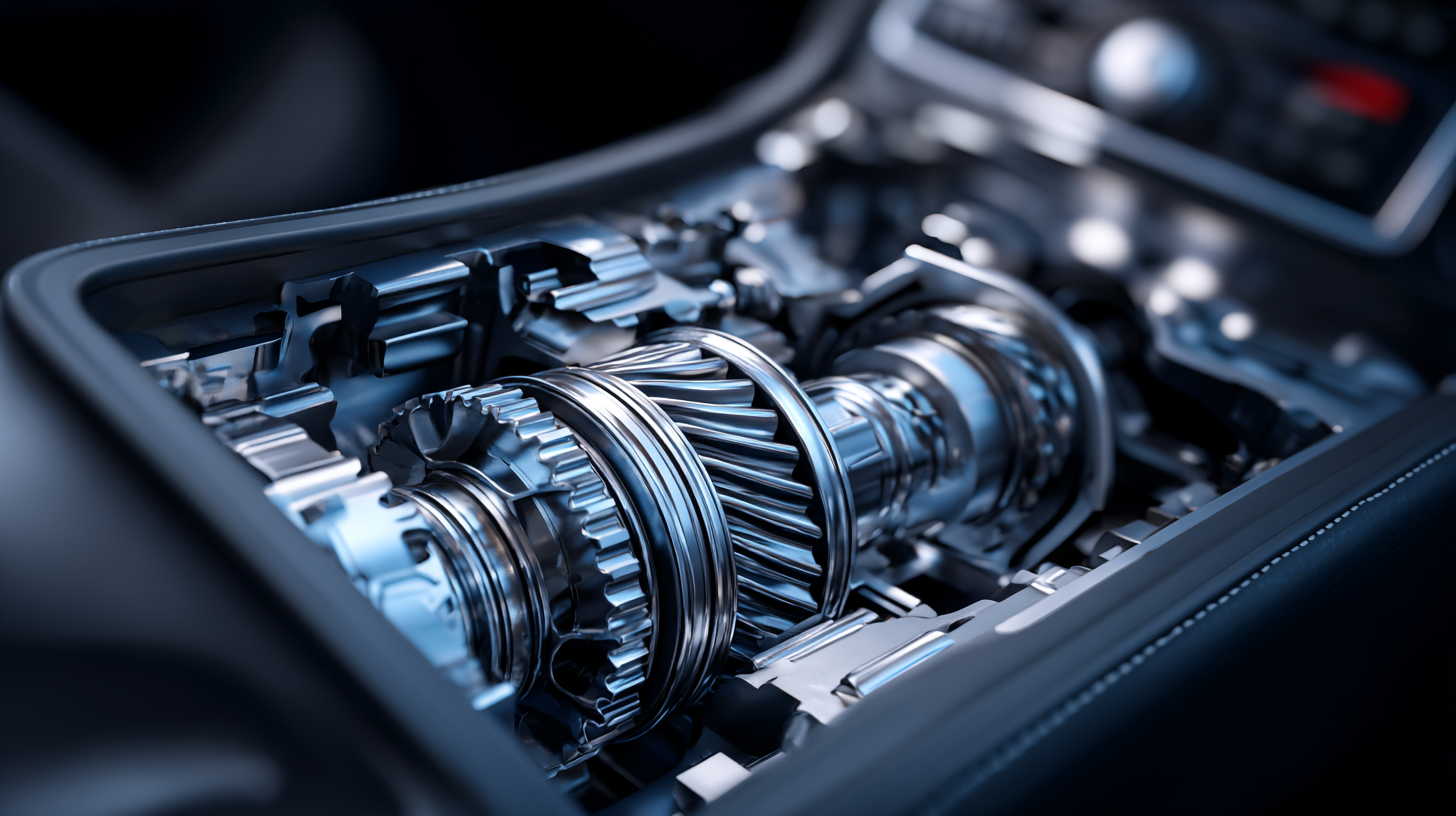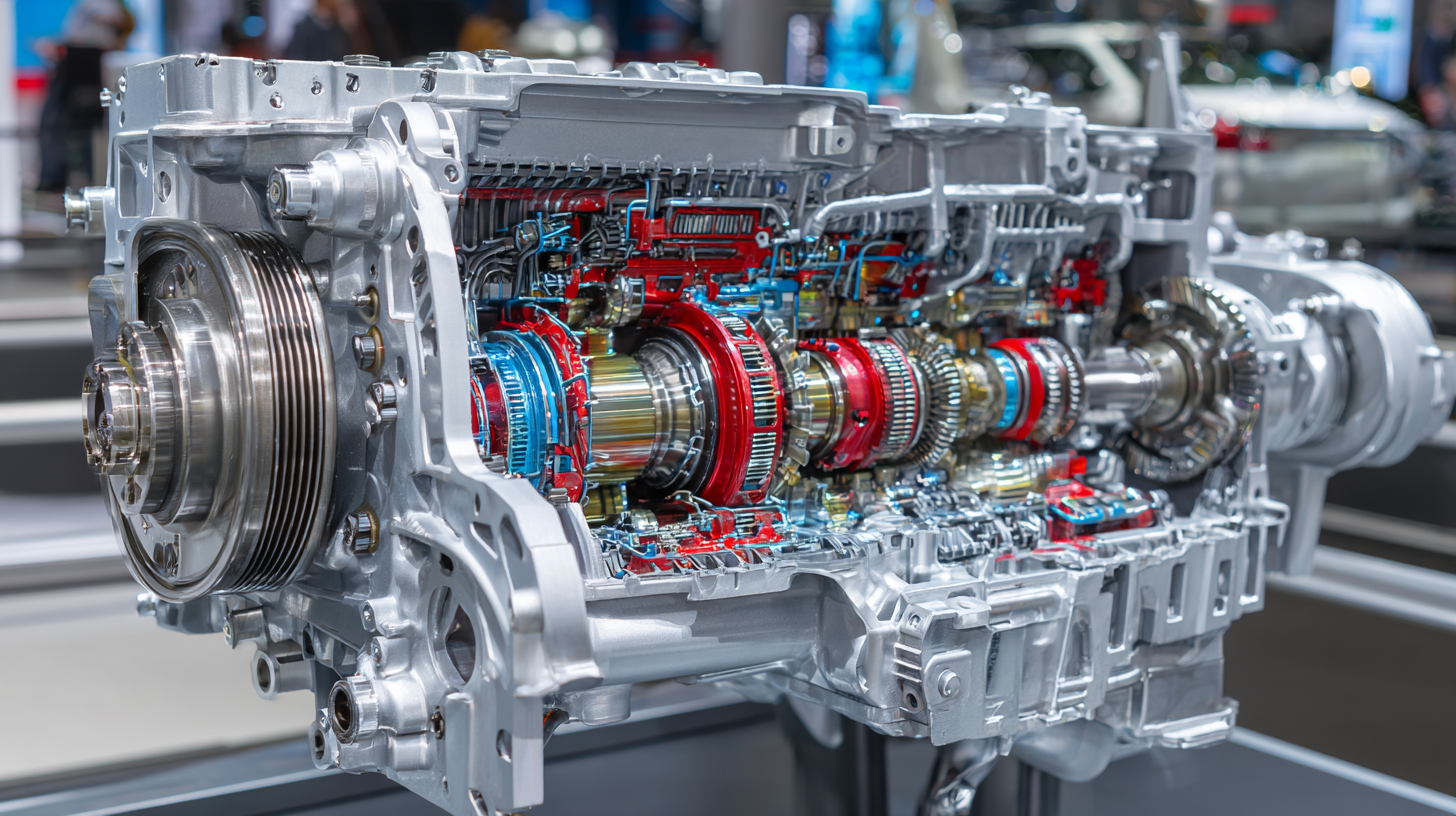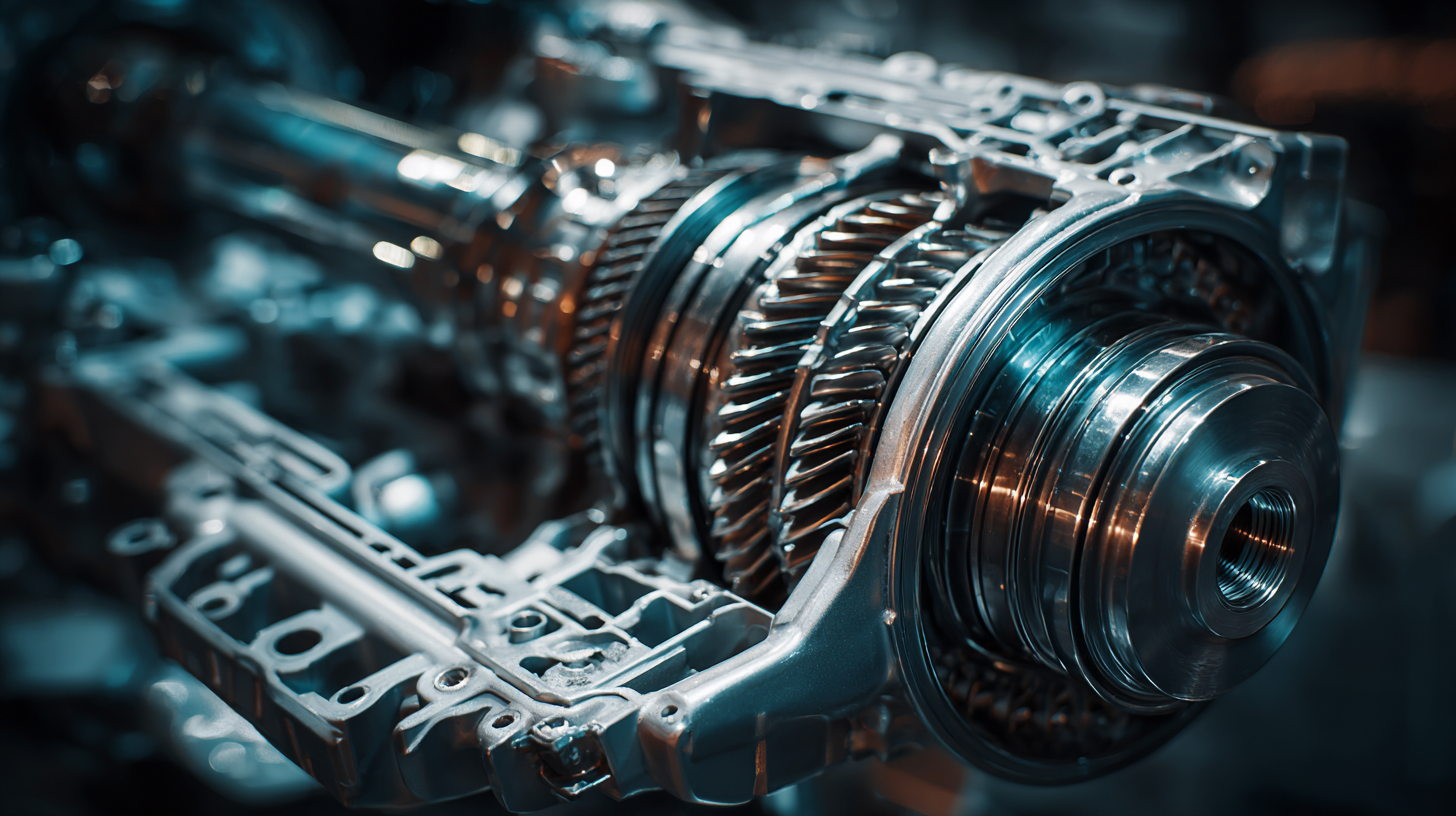What Makes the Best Auto Transmission Essential for Modern Vehicles
In the ever-evolving automotive industry, the significance of a high-quality auto transmission cannot be overstated. As vehicles continue to integrate complex technologies aimed at enhancing performance and fuel efficiency, the demand for advanced auto transmission systems has surged. According to a report from Research and Markets, the global automatic transmission market is projected to reach approximately $83 billion by 2025, driven by the increasing preference for automatic vehicles and the growing automotive sector in emerging economies. In China, the combination of skilled manufacturing and stringent quality standards has positioned local producers at the forefront of this market, gaining respect worldwide. This blog will explore the vital components that contribute to the excellence of auto transmission systems, emphasizing their essential role in modern vehicles and highlighting what makes them a cornerstone of automotive engineering.

The Evolution of Auto Transmission: A Shift from Traditional to Alternative Types
The evolution of auto transmission has been a fascinating journey marked by significant technological advancements. Traditionally, vehicles were equipped with manual transmissions that required drivers to engage in a physical process of gear shifting. This handed control to the driver but demanded a higher skill level and attention to operation. However, as automotive design focused more on user comfort and efficiency, the automatic transmission began to gain prominence, revolutionizing the way we drive by simplifying the process and allowing for a smoother ride.
In recent years, alternative types of transmissions have emerged, each promising to enhance vehicle performance and efficiency further. Continuously Variable Transmissions (CVTs) offer an almost infinite range of gear ratios, optimizing engine performance without the distinct gear shifts of traditional systems. Meanwhile, Dual-Clutch Transmissions (DCTs) have captured attention for their ability to provide lightning-fast gear changes. These innovations reflect a broader trend within the automotive industry, where the quest for sustainable and efficient vehicles drives the exploration of new transmission technologies designed to meet the evolving needs and preferences of modern drivers.
Evolution of Auto Transmission Types
Understanding CVTs, DCTs, and AMTs: Pros and Cons for Modern Drivers
Continuously Variable Transmissions (CVTs), Dual-Clutch Transmissions (DCTs), and Automated Manual Transmissions (AMTs) represent the cutting edge of automotive technology in modern vehicles. According to a report from Allied Market Research, the global automotive transmission market is projected to reach $86.41 billion by 2026, largely driven by the growing demand for improved fuel efficiency and better driving performance. CVTs, in particular, have gained popularity due to their ability to provide seamless acceleration without traditional shift points, resulting in a smoother ride. They are especially favored in hybrid and electric vehicles because of their efficiency, which can enhance fuel economy by up to 30%.
On the other hand, DCTs have emerged as a preferred choice for performance-oriented driving, offering quicker shift times and better power delivery. A study by the Society of Automotive Engineers indicates that DCTs can improve acceleration response by up to 50% compared to conventional automatic transmissions. Meanwhile, AMTs serve as a budget-friendly alternative, providing a blend of manual control and automatic convenience. However, they may not deliver the same level of driving pleasure and efficiency as CVTs or DCTs. With the ever-evolving landscape of car technology, drivers today have multiple options, each with distinct advantages and drawbacks, making it crucial to understand these transmission types when choosing a vehicle.

Fuel Efficiency Gains: How Alternative Transmissions Optimize Performance
In the quest for fuel efficiency, modern auto transmissions play a pivotal role in optimizing vehicle performance. Recent advancements highlight the significance of alternative transmission systems, including hybrid models that integrate innovative powertrains. These developments not only enhance fuel economy but also contribute to reduced emissions, aligning with global sustainability goals. For instance, studies reveal that hybrid systems significantly improve performance while maintaining lower environmental impact.
To maximize fuel efficiency in vehicles, consider these tips: Firstly, regular maintenance of the transmission system ensures smooth operation and prevents unnecessary energy loss. Secondly, embracing digital innovations such as energy management systems can optimize drive efficiency, particularly in hybrid and electric vehicles. Lastly, exploring alternative fuels might offer a more eco-friendly option, reducing reliance on conventional petroleum products.
As we continue to transition towards electric vehicle technologies, the importance of advanced transmissions becomes increasingly apparent. The focus on maximizing efficiency without compromising performance positions modern vehicles as key players in the shift towards greener transportation solutions.
| Transmission Type | Fuel Efficiency (%) | Performance Optimization | Weight (kg) | Cost ($) |
|---|---|---|---|---|
| Continuously Variable Transmission (CVT) | 30-35 | Smoother acceleration | 60 | 1,500 |
| Dual-Clutch Transmission (DCT) | 25-30 | Quick gear shifts | 80 | 2,000 |
| Automated Manual Transmission (AMT) | 20-25 | Simplified gear management | 75 | 1,200 |
| Traditional Automatic Transmission (AT) | 18-22 | Versatile driving experience | 90 | 1,800 |
| Electric Drive Transmission | 40-45 | Instant torque delivery | 50 | 4,000 |
The Impact of Advanced Technology on Transmission Alternatives and Vehicle Safety
The rapid evolution of automotive technology has significantly influenced the development and effectiveness of auto transmissions, making them crucial for modern vehicles. Advanced technologies like continuously variable transmissions (CVTs) and dual-clutch transmissions (DCTs) offer improved fuel efficiency and smoother gear shifts, which enhance overall driving experiences. According to a recent report by the International Council on Clean Transportation (ICCT), vehicles equipped with CVTs can achieve up to 10-15% better fuel economy compared to traditional automatic transmissions, directly addressing consumer demand for efficiency amidst rising fuel prices.
Moreover, the impact of advanced transmission systems extends beyond performance; it plays a vital role in vehicle safety. With the integration of smart transmission controls, vehicles can adapt swiftly to different driving conditions, ensuring optimal traction and stability. Data from the National Highway Traffic Safety Administration (NHTSA) highlights that adaptive transmission technologies can reduce accidents related to loss of vehicle control by up to 30%. As such, the advancement of transmission systems is not just about enhancing driving comfort but also about significantly contributing to the safety and reliability of modern vehicles in an increasingly complex driving landscape.
Future Trends: Electric Vehicles and the Role of Innovative Transmission Solutions
As the automotive industry shifts towards electric vehicles (EVs), the importance of innovative transmission solutions becomes increasingly evident. Traditional automatic transmissions offer smooth shifting and enhanced performance in combustion vehicles; however, the transition to electric power requires a reevaluation of these systems. Unlike their gasoline counterparts, electric motors deliver power differently, necessitating new approaches to how vehicles manage torque and speed.

One notable trend is the development of multi-speed transmissions for electric vehicles, which can optimize performance and efficiency across a range of driving conditions. By integrating advanced gear systems, manufacturers can enhance acceleration and energy conservation, addressing one of the key concerns of EV owners: range anxiety. Furthermore, innovations such as direct drive systems are emerging, allowing for lighter and more compact designs that improve overall vehicle performance. As automakers continue to explore these innovative transmission solutions, it's clear that the role of transmission systems will evolve, playing a crucial part in the future landscape of modern vehicles.